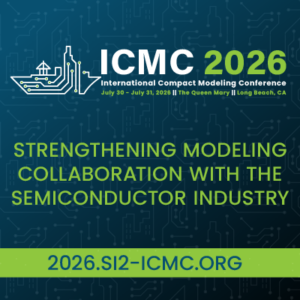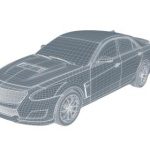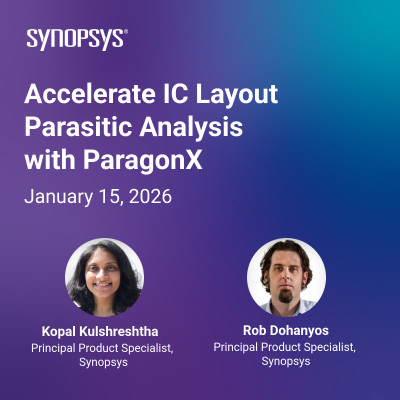You are currently viewing SemiWiki as a guest which gives you limited access to the site. To view blog comments and experience other SemiWiki features you must be a registered member. Registration is fast, simple, and absolutely free so please,
join our community today!
Computability 2.0?by Bernard Murphy on 01-31-2017 at 7:00 amCategories: General
There’s muttering among computing fundamentalists that perhaps we ought to revisit the definition of computability given recent advances in methods of computing, especially machine learning and quantum computation.
Computability is about what can and cannot be computed, either by a human or non-human computer. This is a … Read More
Power in IoT edge devices gets a lot of press around how to make devices last for years on a single battery charge, significantly through “dark silicon” – turning on only briefly to perform some measurement and shoot off a wireless transmission before turning off again. But we tend to forget that the infrastructure to support… Read More
Mentor has an especially strong position in the automotive space given their broad span of embedded, SoC, mechanical and thermal and system design tools. Of course, these days demonstrating ISO 26262 compliance is mandatory for semiconductor and systems suppliers, so EDA vendors need to play their part to support those suppliers… Read More
It had to happen. We’ve read about hacking deep learning / machine learning, so now there is a discipline emerging around studying and defending against potential attacks. Of course, the nature of attacks isn’t the same; you can’t really write an algorithmic attack against a non-algorithmic analysis (or at least a non-standard… Read More
There’s an article published in InfoWorld on jobs trends in several emerging tech areas. The trends are based on analysis of job postings and job-seeker searches from the beginning of 2014, sourced by Indeed.com. I would have liked to dig deeper into Inded.com, to get more info on jobs in our industry but unfortunately it seems you… Read More
Bluetooth has been very successful for many years, but arguably trapped in a niche, at least for us consumers, as a short-range wireless alternative to a wire connection – to connect your phone to a car or speakers for example. (In fairness I should add that the 4.2 version has improved range and Bluetooth has already become quite … Read More
Archaeologists often use tools found in digs as a major indicator of trends in civilizations. The same could be said for trends in design, though we don’t have to reconstruct these design trends – we tend to see them ahead of us.
The trend in this case is the growing importance of sensors in designs and there’s no better example of that… Read More
Jen-Hsun Huang, CEO of NVIDIA, gave the opening keynote at CES this year. That’s hardly surprising. From a company that operated on the fringes of mainstream awareness (those guys that do gamer graphics), they finished 2016 as the top-performing company in the S&P 500, returning revenue growth of 35% (forecast). That’s startup… Read More
Bluetooth has always been a popular communication protocol for short-range applications, but now anticipating BT5 it’s really moving into the big leagues as a significant option for IoT applications. The new standard combines ultra-low power with significantly higher range and higher performance. Ultra-low power is always… Read More
Some companies are famously, even obsessively secretive about internal development. We never get to see discussion of areas they are working on (other than through patent filings) – we only see the polished and released product/service. Amazon is one such company but Apple must rank for many of us as the pre-eminent company in … Read More















Quantum Computing Technologies and Challenges